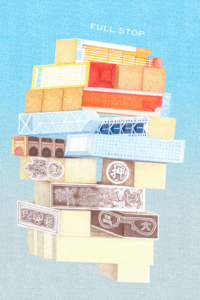The introduction I wrote for my interview with Philipp Meyer is more of a review than a lede. I struggled to make it more conventional and “hooky,” but kept going back to what I had written initially. The finished product, though, was inspired by a paragraph that I cut — when I think something is too long, autobiography is generally the first thing to get chucked out. Looking at it this morning, I think that paragraph reveals something essential about my relationship with American Rust — a connection that, for whatever reason, I didn’t want to broadcast in the finished product. What I hint at in that paragraph — my upbringing — is the engine that powered the published piece. Without further ado, here’s the first installment of B-Sides and Rarities:
If the Rust Belt is a difficult place to live, it’s one hell of a place to grow up — especially if you were born after Reagan, which is to say, after the collapse of the manufacturing industry. While the crumbling factories and abandoned storefronts and homes that pockmark the region could serve as a reminder that stability, if not prosperity, was once possible, growing up in Elmira, NY I was often struck by how difficult it was to imagine anything but the present. Today, the region is so economically and culturally damaged that an era of close knit communities and plentiful, decent work is practically mythic. And when even the possibility of possibility has been cut off, the future — or, to put it another way, anything but decline — is cut off too. When you hit eighteen you have to decide whether to get out or stay put and it’s practically conventional wisdom at this point that if you want a future, let alone a decent one, you’ve got to get out.
This post may contain affiliate links.







